I am trying a regression problem with the following dataset (sinusoidal curve) of size 500
First, I tried with 2 dense layer with 10 units each
model = tf.keras.Sequential([
tf.keras.layers.Dense(10, activation='tanh'),
tf.keras.layers.Dense(10, activation='tanh'),
tf.keras.layers.Dense(1),
tfp.layers.DistributionLambda(lambda t: tfd.Normal(loc=t, scale=1.))
])
Trained with negative log likelihood loss as follows
model.compile(optimizer=tf.optimizers.Adam(learning_rate=0.01), loss=neg_log_likelihood)
model.fit(x, y, epochs=50)
Next, I tried similar environment with DenseVariational
model = tf.keras.Sequential([
tfp.layers.DenseVariational(
10, activation='tanh', make_posterior_fn=posterior,
make_prior_fn=prior, kl_weight=1/N, kl_use_exact=True),
tfp.layers.DenseVariational(
10, activation='tanh', make_posterior_fn=posterior,
make_prior_fn=prior, kl_weight=1/N, kl_use_exact=True),
tfp.layers.DenseVariational(
1, activation='tanh', make_posterior_fn=posterior,
make_prior_fn=prior, kl_weight=1/N, kl_use_exact=True),
tfp.layers.DistributionLambda(lambda t: tfd.Normal(loc=t, scale=1.))
])
As the number of parameters approximately double with this, I have tried increasing dataset size and/or epoch size up to 100 times with no success. Results are usually as follows.
My questions is how do I get comparable results as that of Dense layer with DenseVariational? I have also read that it can be sensitive to initial values. Here is the link to full code. Any suggestions are welcome.
